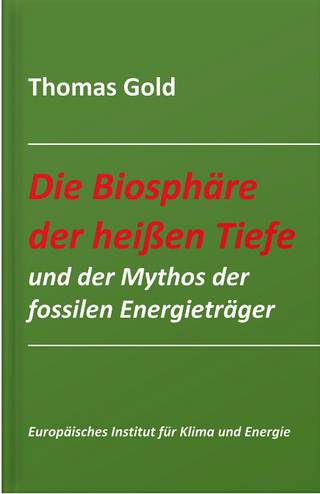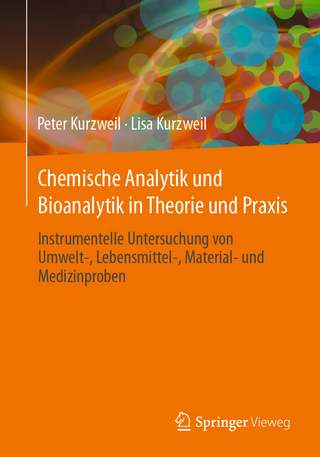
Analogues of Nucleic Acid Components
Springer-Verlag Berlin and Heidelberg GmbH & Co. K
978-3-540-04990-6 (ISBN)
- Titel ist leider vergriffen;
keine Neuauflage - Artikel merken
That is, animal tissues cannot synthesize folic acid and are absolutely dependent upon exogenous sources. These differences in metabolism make possible the use of sulfanilamide as a selective inhibitor of growth. Other antibacterial or antiparasitic drugs, such as penicillin (BURCHALL, FERONE and HITCHINGS, 1965) and inhibitors of dihydrofolate reductase (HITCHINGS and BURCHALL, 1965; HITCHINGS, 1964; BURCHALL and HITCHINGS, 1965) have analogous desirable selective toxicity effects.
1 Introduction.- 2 Purines.- A. Metabolism of Purines.- B. Mechanisms of Action of Purine Analogues.- 6-Mercaptopurine (MP).- 6-[(l-Methyl-4-nitro-5-imidazolyl)thio]purine (Imuran or Azathioprine).- 9-?-D-Ribofuranosyl-6-methylthiopurine (6-Methylthio- purine ribonucleoside, MeMPR).- 2-Amino-6-mercaptopurine (6-Thioguanine, thio-G).- 4-Hydroxy (3, 4-d) pyrazolopyrimidine (Allopurinol).- 8-Azaguanine (aza-G).- 9-?-D-Arabinofuranosyladenine (Arabinosyladenine, ara-A).- 9-?-D-Xylofuranosyladenine (Xylosyladenine, xyl-A).- 3 Pyrimidines.- A. Metabolism of Pyrimidines.- B. Mechanisms of Action of Pyrimidine Analogues.- 6-Azauridine (6-aza-UR).- 5-Azacytidine (5-aza-CR).- 5-Azaorotic acid (5-aza-OA).- 5-Fluorouracil (FU), 5-Fluorouridine (FUR), and 5-Fluoro- 2?-deoxyuridine (FUdR).- 5-Trifluoromethyl-2?-deoxyuridine ("Trifluorothymidine", F3TdR).- 5-Iodo-2?-deoxyuridine (Iododeoxyuridine, IUdR).- 5-Bromo-2?-deoxyuridine (Bromodeoxyuridine, BUdR)..- 5-Hydroxyuridine (HO-UR).- 5-Aminouridine (H2N-UR).- 1-?-D-Arabinofuranosylcytosine (Arabinosylcytosine, ara-C).- 4 Nucleoside Antibiotics.- Tubercidin.- Toyocamycin.- Sangivamycin.- Formycin (Formycin A) and Formycin B.- Cordycepin (3?-Deoxyadenosine).- 3?-Amino-3?-deoxyadenosine(3?-H2N-3?-dAR).- Showdomycin.- 5 Conclusion.- References.
| Reihe/Serie | Recent Results in Cancer Research ; 25 |
|---|---|
| Zusatzinfo | biography |
| Verlagsort | Berlin |
| Sprache | englisch |
| Gewicht | 350 g |
| Themenwelt | Medizin / Pharmazie ► Allgemeines / Lexika |
| Naturwissenschaften ► Biologie ► Biochemie | |
| ISBN-10 | 3-540-04990-8 / 3540049908 |
| ISBN-13 | 978-3-540-04990-6 / 9783540049906 |
| Zustand | Neuware |
| Haben Sie eine Frage zum Produkt? |
aus dem Bereich


